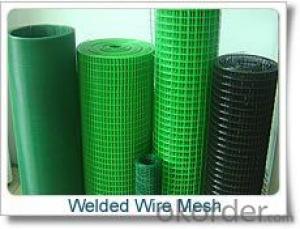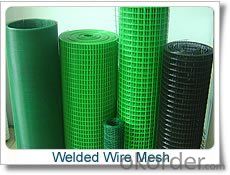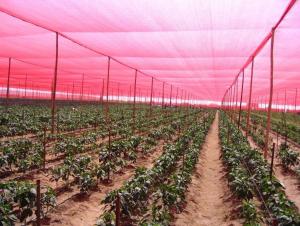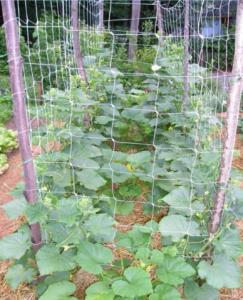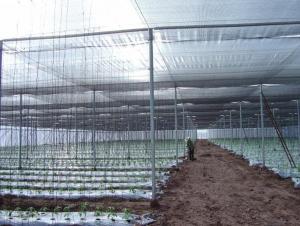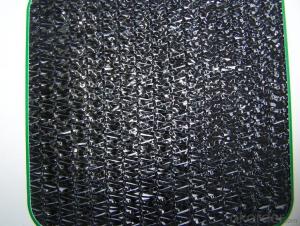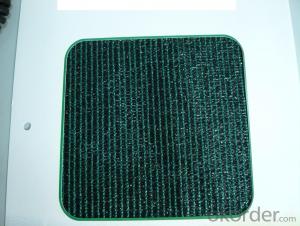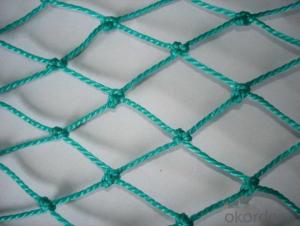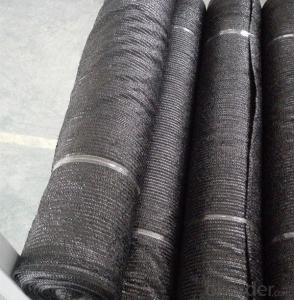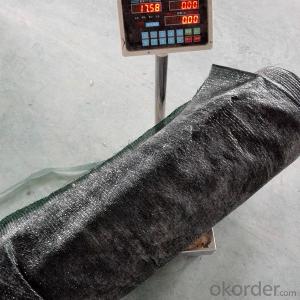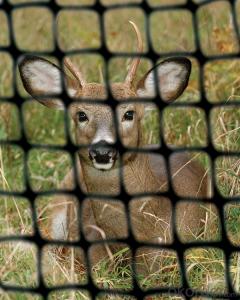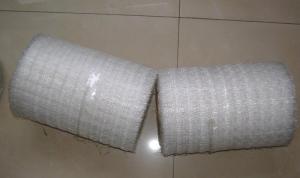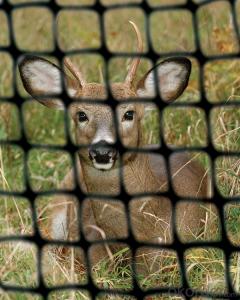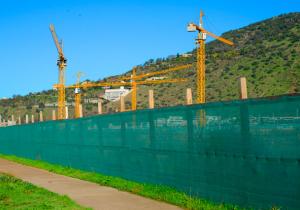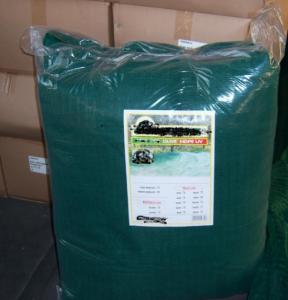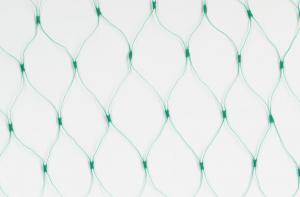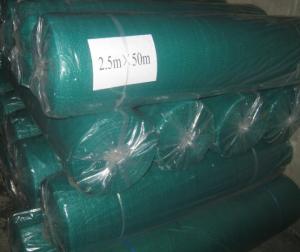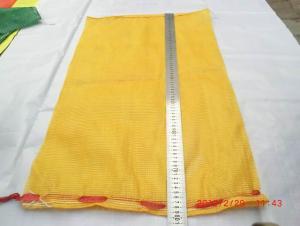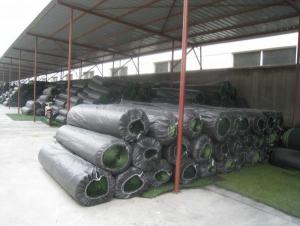Specifications
Material:Low carbon steel wire,stainless steel wire,galvanized wire,PVC wire.PVC Coated Welded Wire Mesh
Material:Low carbon steel wire,stainless steel wire,galvanized wire,PVC wire.
Surface treatment:Electric galvanized before or after weaving,hot-dipped galvanized before or after weaving,PVC coated before or after weaving,PVC coated.
Shape:in roll or in sheet
Applications:used for poultry cage, egg basket, fence, drain, porch safeguard fence, mouse-prevention netting, mechanical guardrail cover, fence of poultry and vegetables, grid and shelf etc. There are two kinds, zinc-plated and plastic-coated.
Welded Wire Mesh |
| |||
Mesh | Wire diameter |
| ||
In inch | In MM | Wire Gauge | In MM |
|
1/4X1/4 | 6.4mmX6.4mm | 22BWG-24BWG | 0.7mm-0.6mm |
|
3/8X3/8 | 10.6mmX10.6mm | 19BWG-22BWG | 1.0mm-0.7mm |
|
1/2X1/2 | 12.7mmX12.7mm | 16BWG-23BWG | 1.6mm-0.6mm |
|
5/8X5/8 | 16mmX16mm | 18BWG-21BWG | 1.2mm-0.8mm |
|
3/4X3/4 | 19.1mmX19.1mm | 16BWG-21BWG | 1.6mm-0.8mm |
|
1X1/2 | 25.4mmX12.7mm | 16BWG-20BWG | 1.6mm-0.9mm |
|
1X1 | 25.4mmX25.4mm | 14BWG-21BWG | 2.0mm-0.8mm |
|
11/2X11/2 | 38mmX38mm | 14BWG-19BWG | 2.0mm-1.0mm |
|
1X2 | 25.4mmX50.8mm | 14BWG-16BWG | 2.mm-1.6mm |
|
2X2 | 50.8mmX50.8mm | 12BWG-16BWG | 2.6mm-1.6mm |
|
Standard mesh:30m each roll.width 0.5m-2.5m |
| |||
Factors for quotation
1) Aperture size
2) wire diameter
3) length and width
4)material
5) trade terms
